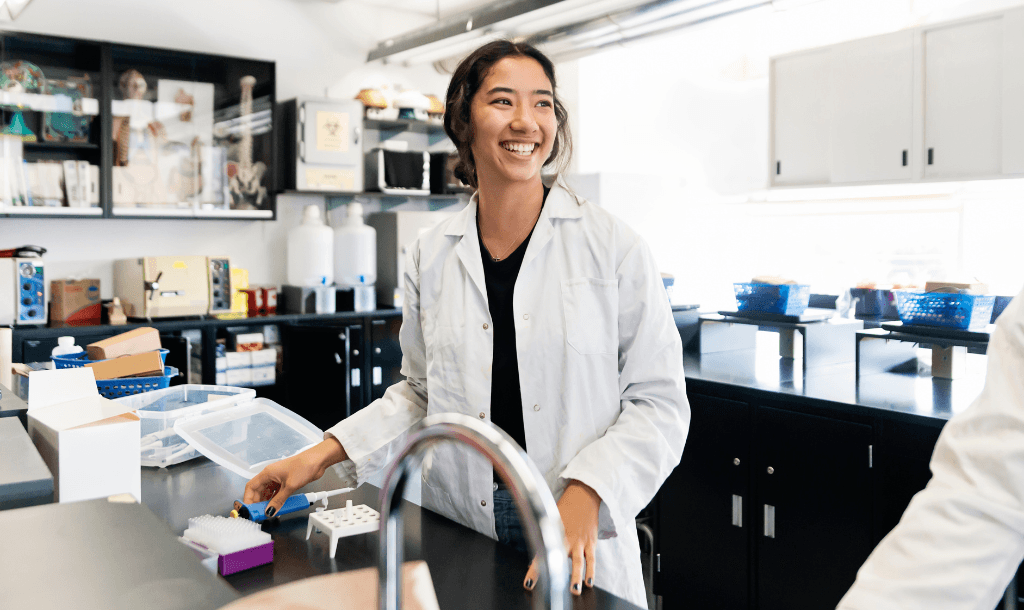Accenture Global Solutions Limited [2022] APO 8 (10 February 2022)i is the latest in a series of losses for Accenture before the Australian Patent Office and illustrates the challenges faced by ICT companies in securing patent protection in Australia.
Accenture’s patent application aims to address the challenge faced by businesses in determining how day-to-day incidents ultimately affect a business’s KPIs. By way of example, if a business supplies gas to premises, how do you work out which of a number of incidents that cause a gas meter read to be incorrectly such as equipment failures, employee inefficiency and data mismatches impact on business KPIs such as the amount of missing meter data and billing accuracy?
At a very high level, the patent application proposes a software-based solution that involves training a machine learning classification model, generating a mapping between incidents and KPIs using a “corpus” and, subsequently using the classification model and the mapping to determine an organizational operation and a KPI impacted by a later incident. An example, use for such a system is to re-prioritise incidents to more closely align them with KPIs.
There is a long line of patent law which prohibits patenting of business methods on the ground that they are not patentable subject matter, however, patent law has distinguished between an unpatentable business method (in the sense of a particular method or scheme for carrying on business) and claim to a method or device for use in business, that is a practical operation of an abstract idea which is patentable subject matter.ii
Applying this reasoning to Accenture’s patent application, the business scheme is “work out what incidents affect KPIs” and the practical operation is “software that uses machine classification and a particular form of mapping to work it out”.
However, recent cases have set out specific requirements for computer-implemented inventions that require more than a “practical operation”.
In the present decision the Delegate quotes one of the key cases, Rokt Pte Ltd v Commissioner of Patents [2018] FCA 1988, where it was said that:
The statement that the invention must lie in the computerisation has been understood as a requirement that an invention involves an improvement in computer technology. This invites an enquiry as to whether the “practical operation” of the invention is an improvement or just a routine use of software tools without any assessment as to whether the combination of software tools involve is an inventive solution to the problem. This encourages a reductionist analysis of an invention. Here, in dismissing the invention as not being for patentable subject matter, the Delegate states:
“Functionally, the computer receives data, processes it, analyses it, creates a “model” and a “corpus”, and creates an output used to perform some kind of control. I cannot possibly see an improved functioning of a computer or improved computer technology in the claims.”iv
So what can applicants do?
The best thing applicants can do is to identify a link between the invention and the real-world because solving a real-world problem will usually make an invention patent eligible. For example, software for improving the calibration process of a medical testing machine was found to be patentable because it resulted in a reduction in the use of physical testing materialv.
Another option is to look closely at how the invention was implemented to see if a computing improvement can be identified. For example, can it be shown that processing steps were chosen alone or in combination in order to overcome problems with alternative approaches.
Please get in touch if you’d like to discuss your situation.
[i] http://www.austlii.edu.au/cgi-bin/viewdoc/au/cases/cth/APO//2022/8.html
[ii] Grant v Commissioner of Patents [2006] FCAFC 120 (18 July 2006) at [24]
[iii] Accenture Global Solutions Limited [2022] APO 8 (10 February 2022) at [18]
[iv] Accenture Global Solutions Limited [2022] APO 8 (10 February 2022) at [31]
[v] See Bio-Rad Laboratories, Inc. [2019] APO 26 (7 June 2019)










